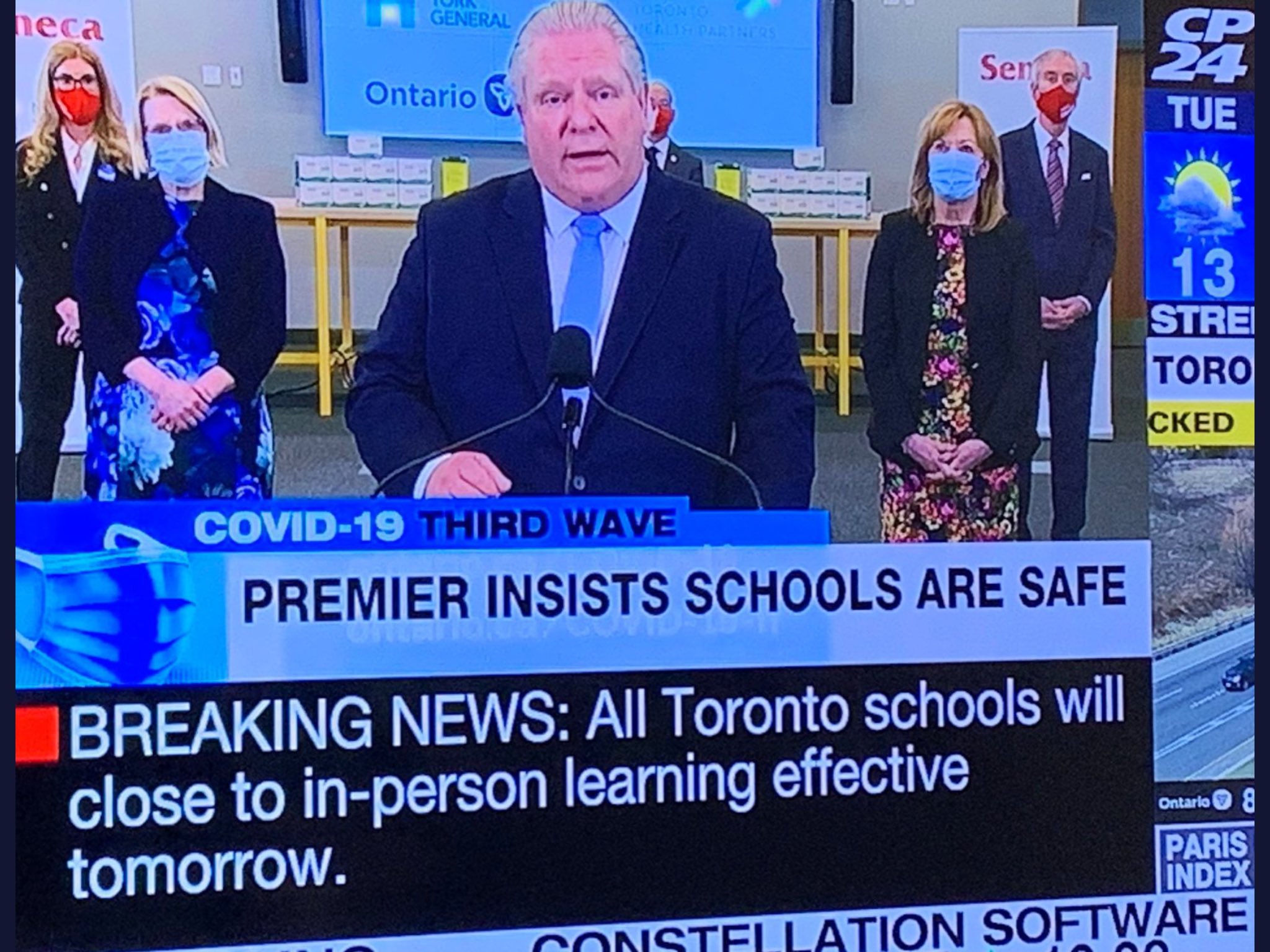Long before becoming an educator, I used to spend my free time checking out cool places around Toronto. My time in the city was usually spent on Yonge Street between Bloor St and Queen St. On other days, I sat in on court cases at Old City Hall or was exploring other neighbourhoods (Queen W, Spadina, Kensington Market) within walking distance to the subway. There are so many good memories from those days. I felt so independent while getting to see a side of the city that my parents and friends from the boroughs did not.
Food, fashion, and music filled most Saturdays – mostly music. It was fun way for a dorky kid from the suburbs to check out the latest, weirdest, and rarest vinyl from around the world while exploring the city. Whether it was blues, punk, jazz, rock, or worldbeat, there was always something new to add to my collection. Such were the joys of a teenager with some disposable income and parents who let him visit the city unaccompanied.
In between the record shops, l managed to discover a number of other cool spots along the way. Some by luck and others via ads on the radio(usually CFNY). For a while, the ads seemed as interesting as the music.*
Hearing those ads made each destination sound cooler than the next, and represented a departure from the boredom that was suburban retail in my corner of the city. The ad copy and the music made a huge impression on me, and there was one place I will never forget because of it. It was located at the corner of Yonge and Isabella. It was The House of Lords Hair Design.
For over 50 years, this legendary address was known for its avant garde hair stylists and punk rock ethos. They catered to clients of all ages and tastes. David Bowie got his hair cut at the House of Lords: that’s right, Ziggy Stardust. My father was also the barber for my first 13 years of haircuts. As such, I was resolved to end the cycle of home barbery and go where the cool people paid other cool people to cut their hair. In hindsight, I need to thank my dad for the motivation to get out there and earn some dollars at an early age and pay for my own before my social life really kicked into gear.
Okay story time is over. The House of Lords closed in 2017, but even after those last locks fell and were swept away, there is still lots good on Isabella. Only a brisk walk eastward now leads us to ETFO HQ.
If you have ever had an opportunity to visit this modern building you would remember it much like that happening salon just down the street from days gone by – a hive of activity. Other than the joys of finding street parking, ETFO headquarters has everything: Advocacy, administration, AQs, and activism are all happening inside of an open and light filled steel and glass structure located at 136 Isabella St. That includes the family of staff who work on our behalf.
I’ll never forget my first visit as a guest speaker for a summertime AQ course. The memories of meeting teachers from across the province who had gathered for the sessions made me feel closer to my colleagues despite our usual geographical differences.
And then COVID-19 hit. Opportunities to visit and learn on Isabella morphed into virtual gatherings for most of the past 2 years, yet the spirit to connect, share, and grow never went away. Now as we emerge from various levels of isolation, it is great to know that there are so many opportunities waiting for us to learn, connect, share, and grow.
Writing that last sentence just gave me a mini-crisis of conscience. What else have we all been doing in the last 2 years but learning, connecting, sharing, and growing? Sheesh!!
Crisis over, I did want to share some resources with you all that would be great opportunities for the constant learner, connecter, sharer, and grower in all of us.
Start by visiting https://www.etfo.ca/resources. Here you’ll find info on Equity, Women in Action, Project Overseas (hopefully returning in 2023), and much more. After you have browsed and bookmarked it is time to click on Upcoming Professional Learning Events, where there is something happening every week in areas of intersectionality, identity, gender sexuality alliance, leadership, communication, collective bargaining, and social justice. But wait there’s more! Would you like to add another AQ to your already impressive OCT transcript?
Did I mention I used to write ad copy? Some habits die hard because ETFO offers AQs too. Having taken several over the years, I must confess that the most relevant and supportive instruction came from ETFO colleagues turned AQ instructors. Check out this year’s course offering via https://etfo-aq.ca/catalogue/. Looking through the catalog shows that the instruction is evolving to meet the needs of educators with courses in Integrated Arts, Inclusion, and Teaching 2SLGBTQ+ students.
With so many to choose from, most educators could take two courses per year and never run out of options over the length of their careers. Luckily, courses are scheduled throughout the year and can be taken remotely to ensure that travel and distance do not become barriers to opportunities. In fact, registration for summer AQs is now open. Hint hint.
There are always good things on Isabella. As teachers, we have a home there; a space to call our own. A place that supports educators and wants to see us succeed by providing the best learning possible. Suddenly, I feel the need to take another course. Any suggestions?
*Maybe that is what contributed to me becoming a DJ, ad copy writer, and newscaster long before ever becoming an educator.




